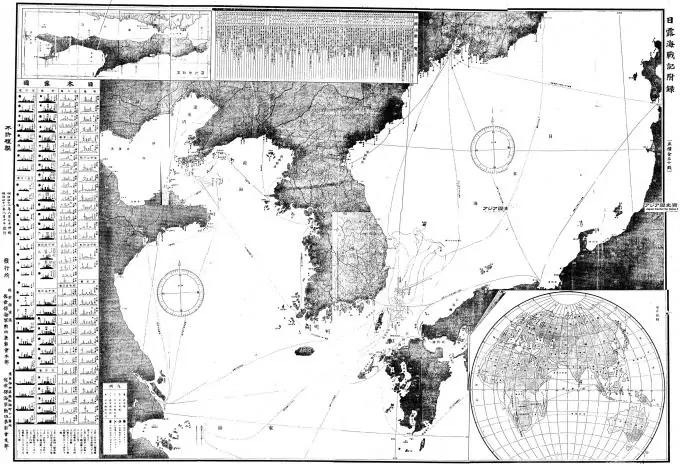When preparing for a hike, it happens that you only have scanned parts of the map that need to be stitched together. Imagine that the goal of your journey is the area in the corner of one of these maps, and you need to move from the corner of the other map. To plan a route, you will have to "switch" between maps all the time. In such a situation, it is difficult to assess the terrain and path.

Instructions
Step 1
To merge separate parts of the map into one large one, use the Map Merge program to merge separate map sheets into one with its help. Select the cards you need to glue and copy them to a separate folder.
Step 2
Go to the Configure tab, configure the Destination Folder path (the folder for creating the glued map).
Run the program, click Add, select a folder.
Step 3
Below you should see a list of all the maps loaded from this folder, check that all the boxes are checked. Look at the Pixel Scale parameter, choose the arithmetic mean.
Go to the Destination Map tab, enter this average value.
Step 4
Click Creat Map. In the window that opens, enter the name of the map, start the process and wait for the end. You should get a new map in ozfx3 format + a file for binding in map format. As a result, you will get a card glued from 4 cards.
Step 5
Alternative method You can also use AutoCad Overlay and Raster Design to stitch the map.
Insert the raster image of the map into the AutoCAD drawing.
Step 6
From the standard tools of the AutoCAD program, select the "Align" command or the match command located in the Raster Design toolkits. Specify the key points in the registry and enter their real coordinates, if you use the align command, then after entering the second point, press enter and confirm the scaling of the objects. If you execute the match command, specify 2 target and 2 source points, then the raster should sit at the required coordinates with a preliminary scale.
Step 7
To eliminate distortion and better fit the raster, use the Rubbersheet command from the Raster Design tools (AutoCad Overlay 2002) in which you can define more key points for the coordinates that you know. When you have set all the keypoints, click "OK". The program itself transforms the raster with precise snapping to the specified coordinates.
Step 8
Run the merge image command from the Raster Design toolkit and specify the rasters to merge. Specify one of the rasters as the main one, all other rasters will be joined to it. As a result, you should get a single raster that will be fitted to the real coordinates.



